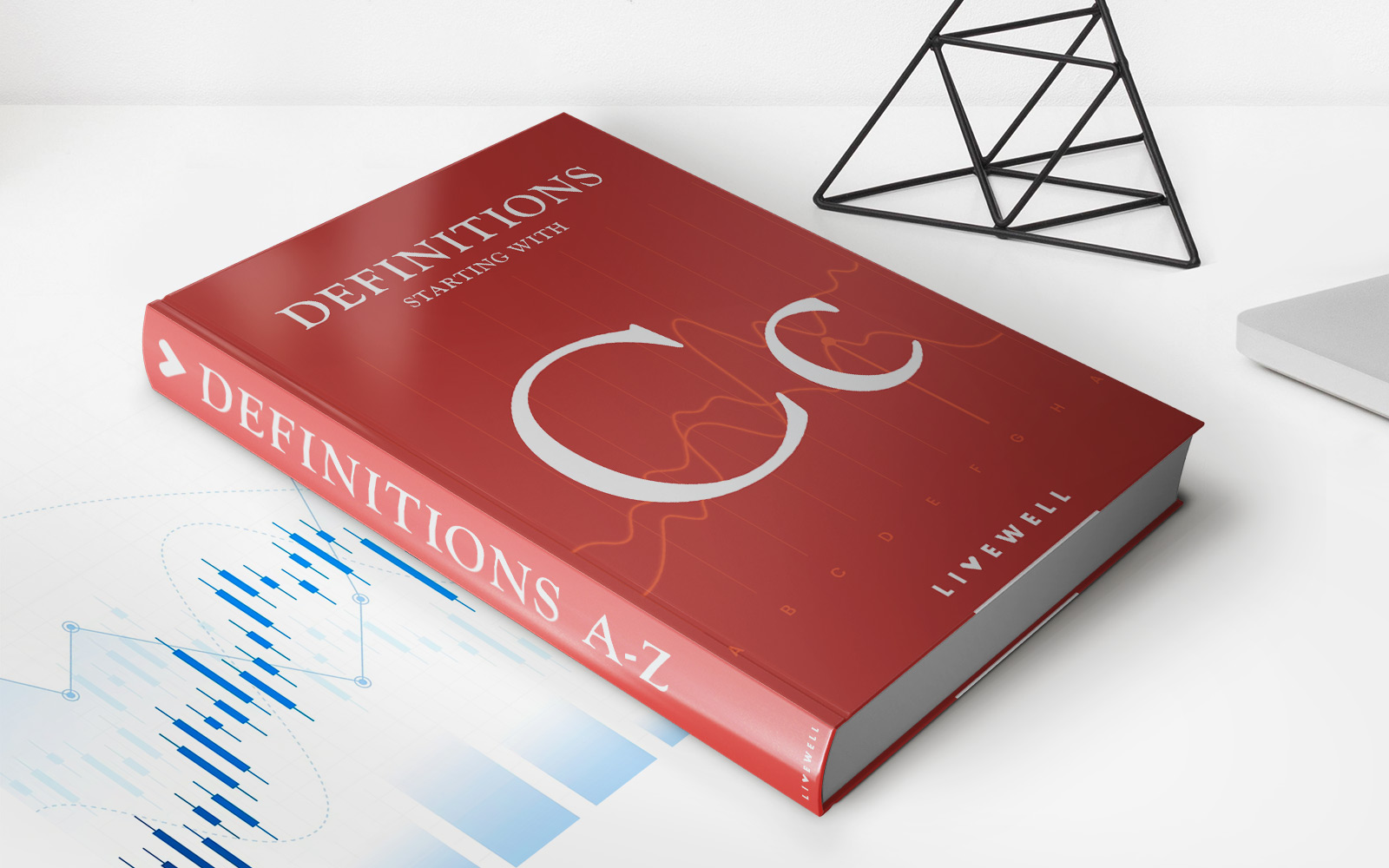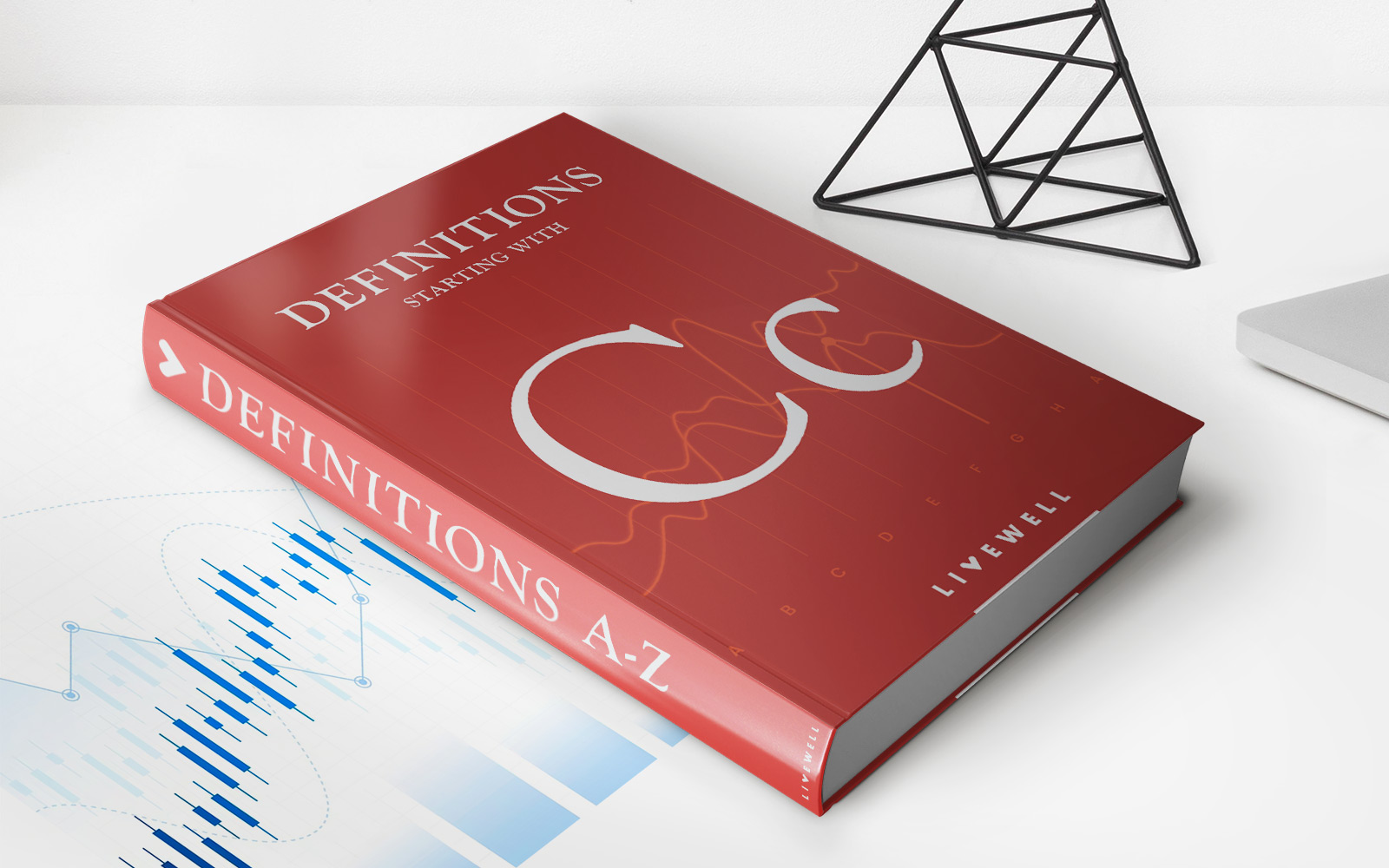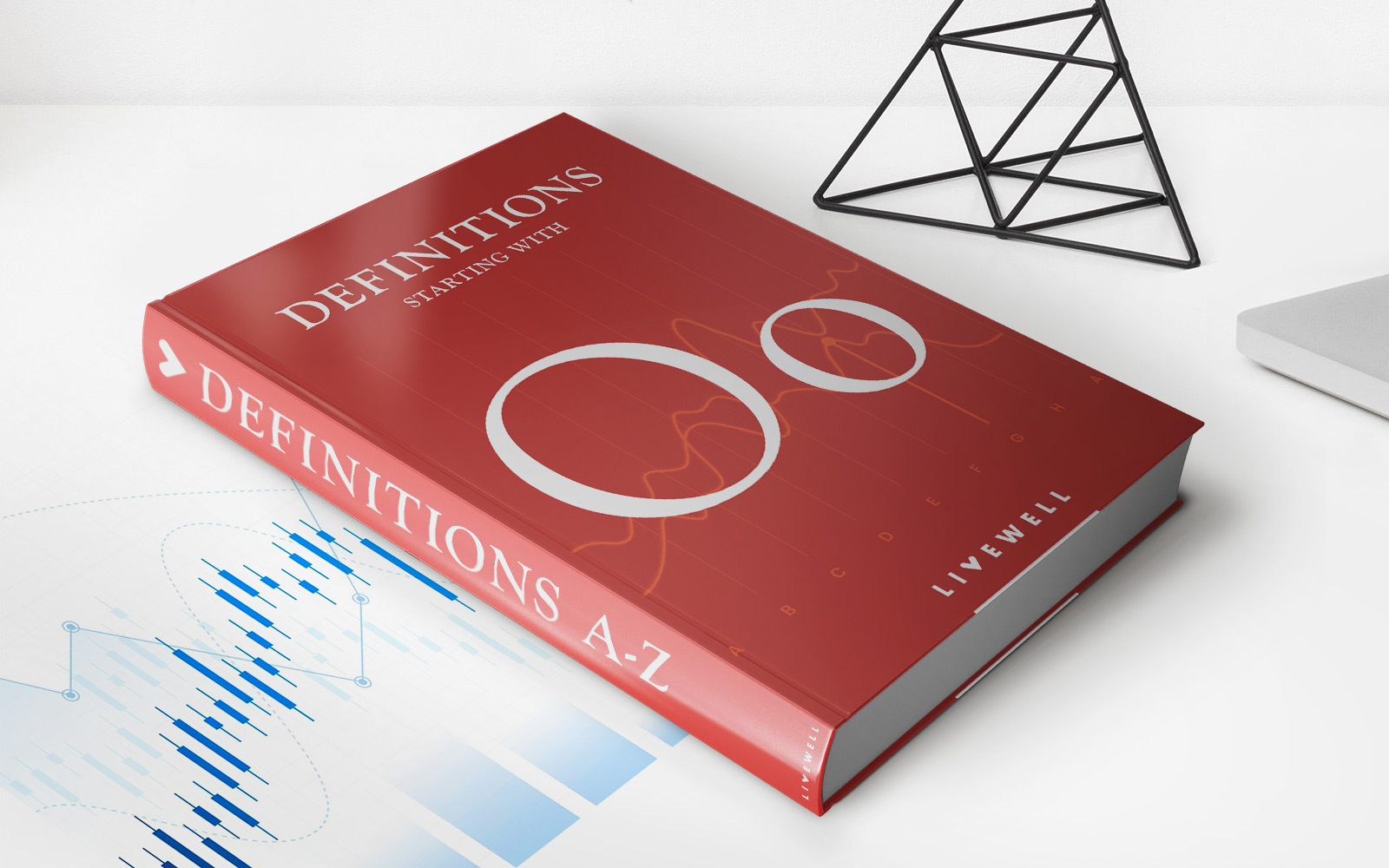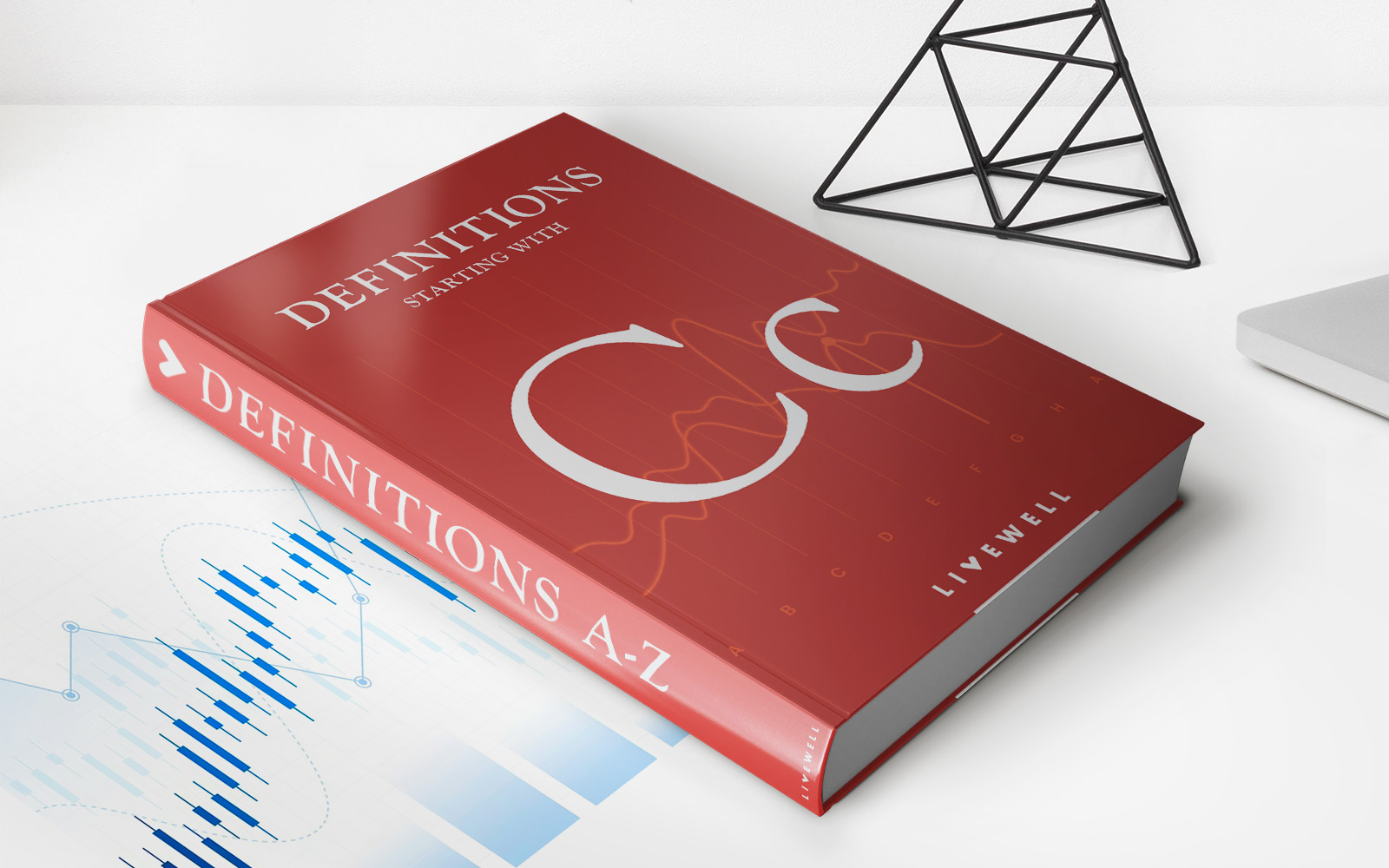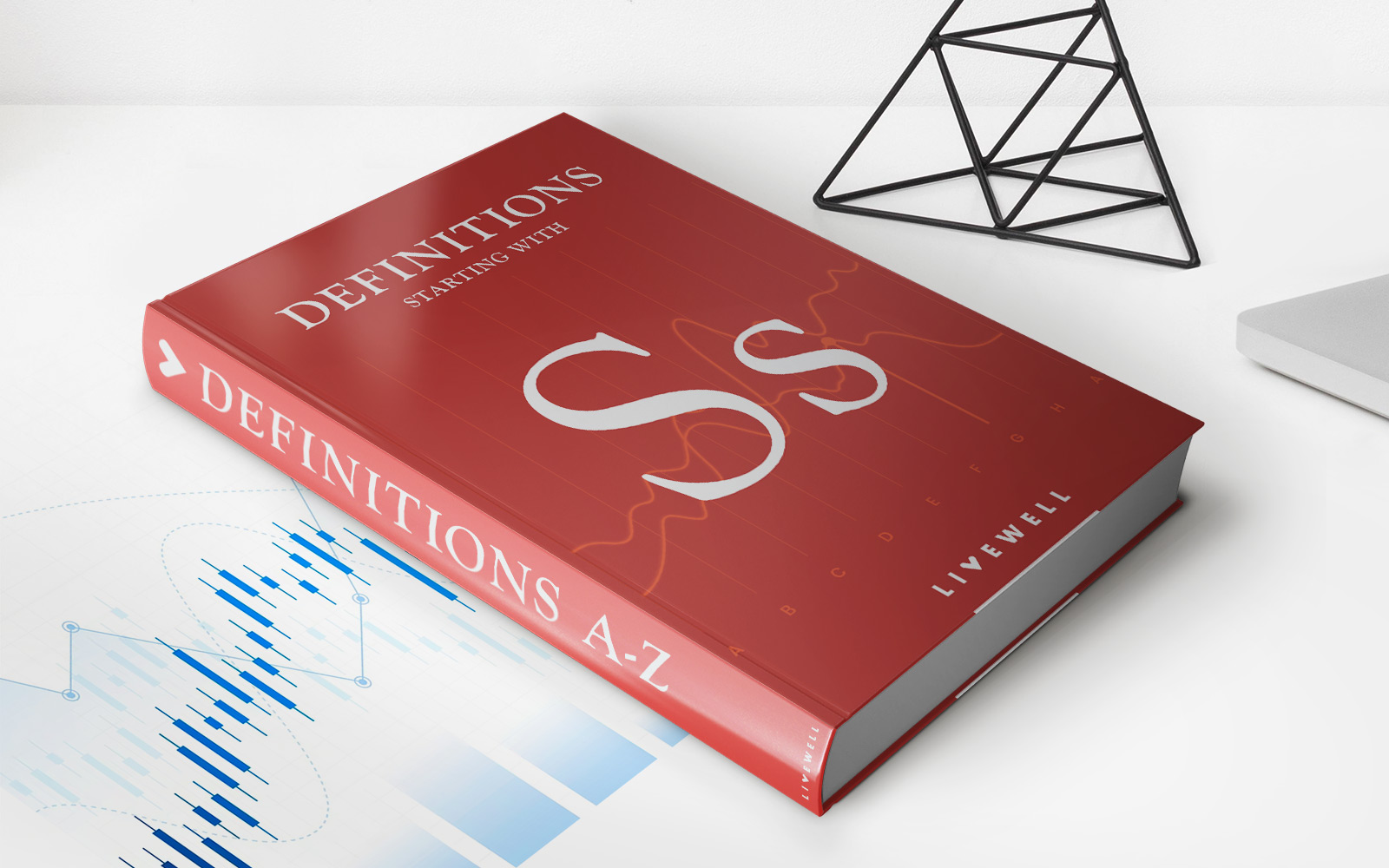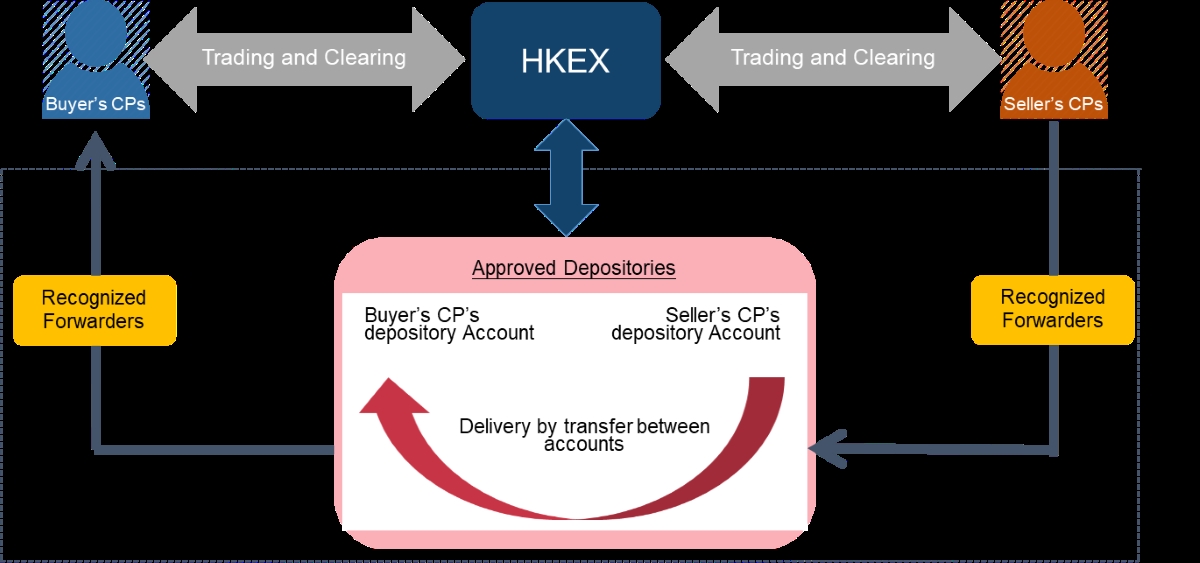Home>Finance>Spread Option: Definition, Examples, And Strategies
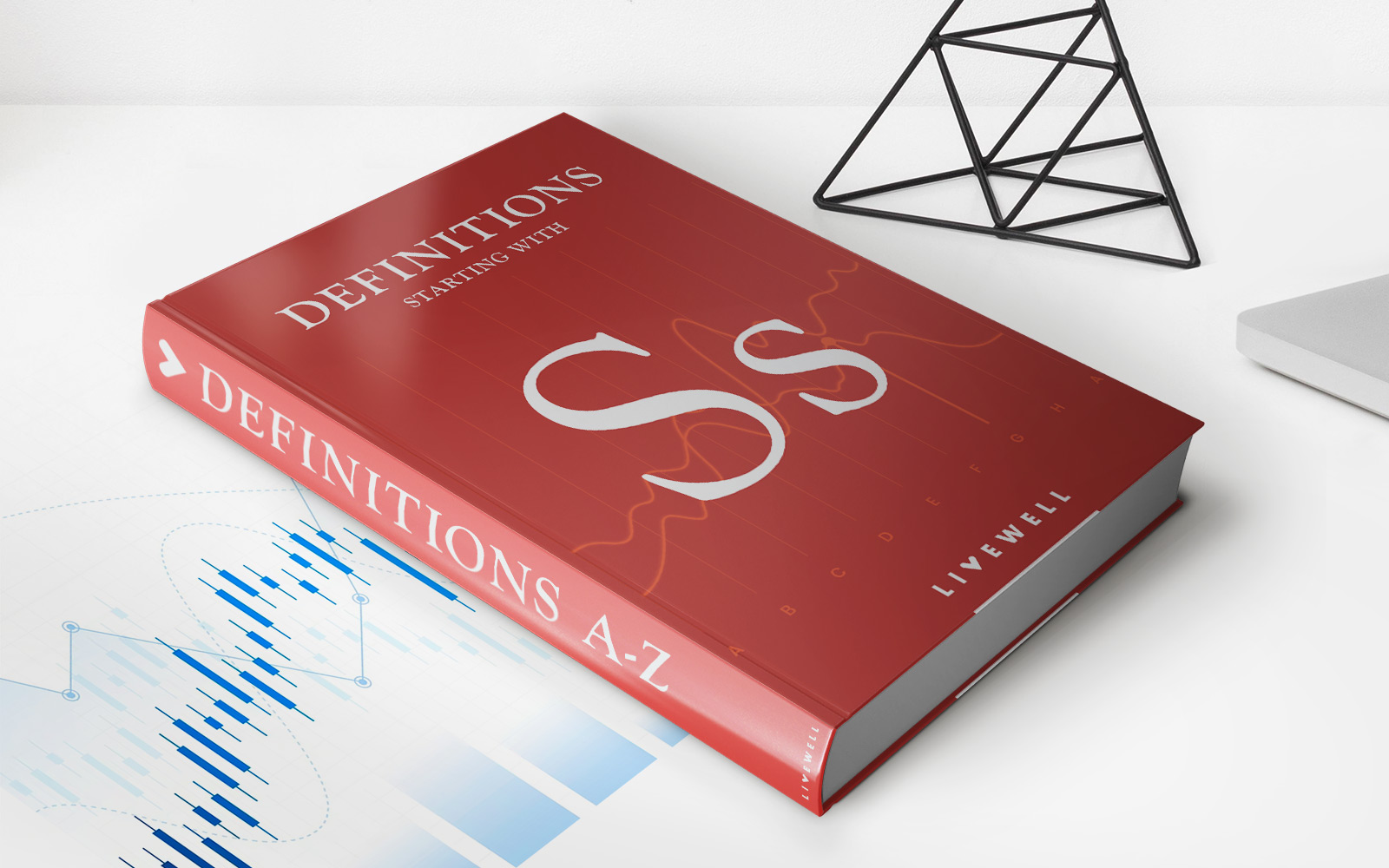

Finance
Spread Option: Definition, Examples, And Strategies
Published: February 1, 2024
Learn about the spread option in finance, including its definition, examples, and strategies. Enhance your understanding of this valuable concept in just a few steps.
(Many of the links in this article redirect to a specific reviewed product. Your purchase of these products through affiliate links helps to generate commission for LiveWell, at no extra cost. Learn more)
Spread Option: Definition, Examples, and Strategies
When it comes to investment and finance, there are a wide variety of options available to investors. One such option is the spread option. But what exactly is a spread option? In this blog post, we will define spread options, provide examples to illustrate how they work, and discuss some popular strategies for utilizing them.
Key Takeaways:
- A spread option is a type of financial derivative that allows investors to profit from the difference between two or more underlying assets.
- Spread options can be used to hedge against price movements, generate income, or speculate on market trends.
Understanding Spread Options
A spread option, in simple terms, is a financial derivative that gives investors the ability to profit from the difference between two or more underlying assets. This difference, also known as the spread, can be measured in various ways, such as the price difference between two stocks, the interest rate differential between two bonds, or the price discrepancy between two futures contracts.
Spread options are popular among investors because they offer a range of strategies that can be used to manage risk or capitalize on market opportunities. Here are a few examples of spread option strategies:
- Price Spread: Investors can take advantage of price differences between two similar securities by buying one and selling the other simultaneously.
- Volatility Spread: This strategy involves taking a long position on one option and a short position on another option with different volatilities. It allows investors to profit from changes in volatility.
- Yield Spread: Investors can benefit from the difference in yield between two bonds or other fixed-income instruments by taking positions that anticipate changes in interest rates.
- Calendar Spread: This strategy involves taking opposite positions in options or futures contracts with different expiration dates. It aims to profit from the difference in time decay and volatility between the two contracts.
Using Spread Options in Finance
Spread options can be a valuable tool for a range of financial purposes:
- Risk Management: By utilizing spread options, investors can hedge their positions and protect against potential losses caused by market volatility or unexpected events.
- Income Generation: Selling spread options can generate a consistent income stream for investors as they profit from the premium received upfront.
- Speculation: Spread options provide an opportunity for investors to speculate on market trends. By analyzing the relative performance of underlying assets, investors can make informed decisions and potentially profit from price discrepancies.
While the use of spread options offers numerous advantages, it’s essential to note that they also come with risks. Market conditions, volatility, and timing are crucial factors to consider when implementing spread option strategies. It’s always recommended to thoroughly research and consider the suitability of any investment strategy before making decisions.
In conclusion, spread options are a flexible and powerful financial instrument that can be used for a variety of purposes in the world of finance. Whether you’re managing risk, generating income, or speculating on market trends, spread options provide a range of strategies to consider. By understanding the definition, examples, and strategies associated with spread options, investors can enhance their investment returns and navigate the dynamic world of finance.
